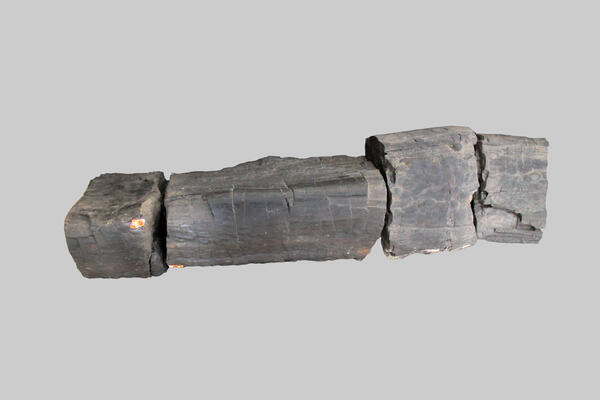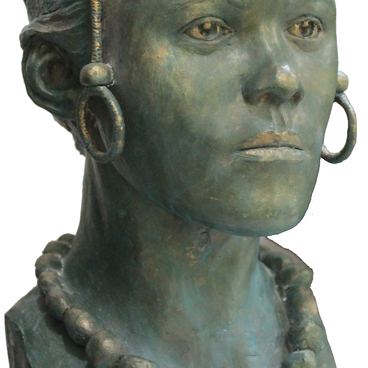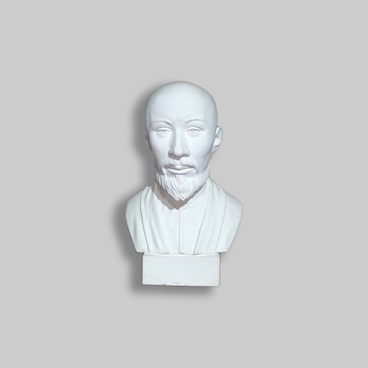An important part of the paleontological collection at the National Museum of the Republic of Bashkortostan is occupied by petrified plants. Among the exhibits, there is one unusual find — a fossilized fragment of a tree from the Cordaite genus. Cordaites belonged to the extinct Cordaitaceae family, a class of conifers. Many millions of years ago, on the territory of modern Bashkiria, there was a warm climate, or at least frost-free, many scientists affirm. Ancient fossilized plants also attest to this.
In terms of their general appearance, Cordaite plants resembled modern conifers. They had two types of leaves — narrow, needle-shaped ones with one vein, and wide, ribbon-like with many parallel veins.
In terms of their general appearance, Cordaite plants resembled modern conifers. They had two types of leaves — narrow, needle-shaped ones with one vein, and wide, ribbon-like with many parallel veins.
Cordaites had a dense, well-formed crown. Cordaite did not have the usual rings found in a tree’s wood, because due to the warm climate the tree grew uniformly throughout the year. The plants developed complex cones of two types: pollen and seed cones. The height of an adult tree exceeded 30 meters.
Cordaites grew almost 300 million years ago. At this time, the supercontinent Pangaea existed on the planet. It appeared following the collision of two huge continents, Laurasia and Gondwana. It is believed that the collision also gave rise to both the Ural Mountains and the Appalachians, the most ancient mountains on the planet. Due to erosion over many millions of years, the Urals and Appalachians disintegrated greatly, and became low in height.
This period in history is called the Carboniferous period, since that was when coal beds started to form intensively. At the end of the Carboniferous period, all representatives of the flora from this era, including the Cordaites, became extinct. They were replaced by the direct ancestors of modern gymnosperms, the conifers.
A petrified trunk of cordaite 6 meters long was discovered in 2001 on the territory of the Zianchurinskiy District in the Republic of Bashkortostan. Limestone nodules with a nut-shaped mineral crust were found by the trunk. Nodules are formations of various minerals that differ from the host sedimentary rock. Nodules are produced by a chemical reaction. Fossilized remains often serve as a core around which silica, calcite and other substances are deposited.
Cordaites grew almost 300 million years ago. At this time, the supercontinent Pangaea existed on the planet. It appeared following the collision of two huge continents, Laurasia and Gondwana. It is believed that the collision also gave rise to both the Ural Mountains and the Appalachians, the most ancient mountains on the planet. Due to erosion over many millions of years, the Urals and Appalachians disintegrated greatly, and became low in height.
This period in history is called the Carboniferous period, since that was when coal beds started to form intensively. At the end of the Carboniferous period, all representatives of the flora from this era, including the Cordaites, became extinct. They were replaced by the direct ancestors of modern gymnosperms, the conifers.
A petrified trunk of cordaite 6 meters long was discovered in 2001 on the territory of the Zianchurinskiy District in the Republic of Bashkortostan. Limestone nodules with a nut-shaped mineral crust were found by the trunk. Nodules are formations of various minerals that differ from the host sedimentary rock. Nodules are produced by a chemical reaction. Fossilized remains often serve as a core around which silica, calcite and other substances are deposited.



